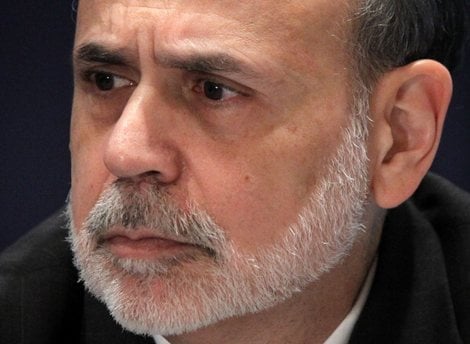“One of the most frustrating things in life is a slow computer.
Every few years, we buy an expensive new PC and love how fast it starts up, runs programs, and loads websites. Inevitably though, it starts to slow down until eventually we are pulling our hair out waiting for it to do routine tasks.
Why is this? It turns out the answer is actually quite simple and you don’t even need to be “technical” to understand the causes and solutions.
The good news: It’s not the computer hardware that’s the problem. In most cases, the hardware you have is perfectly capable of being restored to its original glory and kept in fast running condition with minimal effort.
Rather, the problem lies with changes that occur to the PC’s software. The two most common causes of slowdown (along with easy solutions) are:
1. The most common problem: registry errors
Every time you (or your kids) load a program, game, or file, your PC’s software registry is updated with new instructions needed to operate that item. However, when the item is removed, these instructions usually remain on your PC. Every time you run your computer it tries to execute these instructions but, because the related program can’t be found, it causes a registry error. Your PC is doing a lot more work than it should be, and the result is a significantly slower computer.
One of the best ways to manage this is with a neat little tool from Support.com, a Silicon Valley based company. It’s called ARO 2013 and it scans, identifies, and fixes registry errors —resulting in a computer that’s a lot more like it was when you first bought it. On top of the amazing results it offers, it’s so easy to install and use that it was recently awarded a coveted 4.5 star rating (out of 5) by CNET’s editorial staff, and has been downloaded more than 30 million times.
You can now get a free working version of the software, which will quickly scan your entire PC and identify all of the registry errors that may be bogging it down. The free version also scans for junk and checks your PC’s baseline security status. It will eliminate the first 50 errors for free, and if you have more errors that you want to clean up or want to set the program to run on a regular basis (which is recommended), you can easily upgrade to the full version for just $29.95. After that, registry errors will no longer be a problem.
To get the free version, simply click here.
2. Spyware and viruses…”
Full article
Comments »


